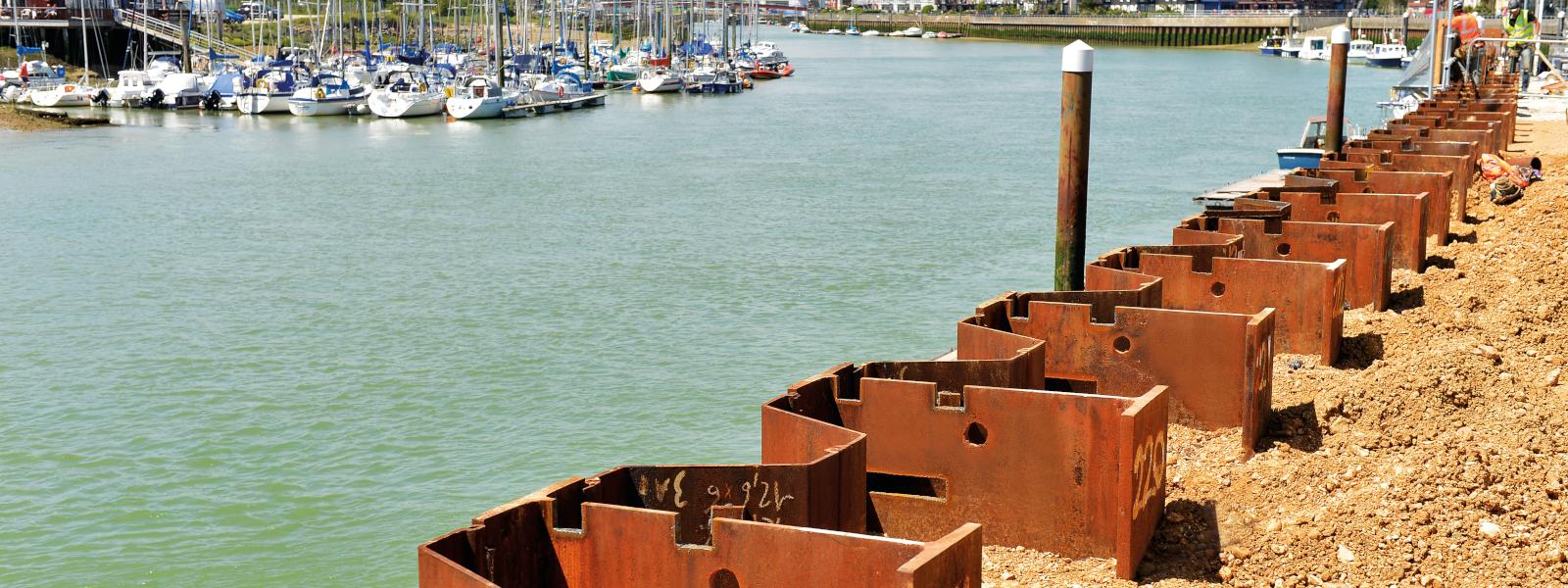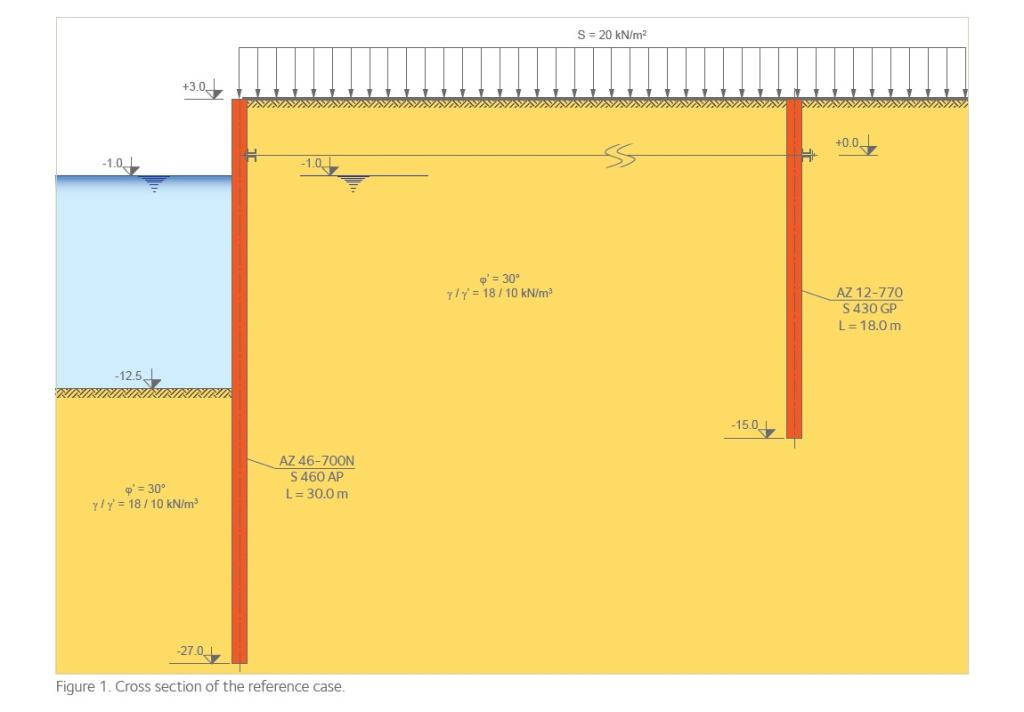Seismic design of sheet piles. Brochure | 2021
Innovative Seismic Design Solutions for Sustainable Sheet Piling Infrastructure
ArcelorMittal is the worldwide leader in sheet piling technology, and always ahead in offering most innovative foundation solutions. Our products are extensively used worldwide for the construction of quay walls, waterways, flood protection barriers, mobility infrastructure projects and containment structures.
Our values are sustainability, reliability and quality assurance, leading to highest levels of stakeholder value creation and customer satisfaction.
We offer complete package solutions, based on our comprehensive and wide range of products and services, expert technical support from the early design stages of a project to its completion, customized fabrication, just-in-time delivery and after-sales services.
ArcelorMittal, as the global leading steel producer, aims at reaching net-zero by 2050 and steel sheet piles are a major contributor to the circular economy concept of “reduce-reuse-recycle”.
Download
 English
English










